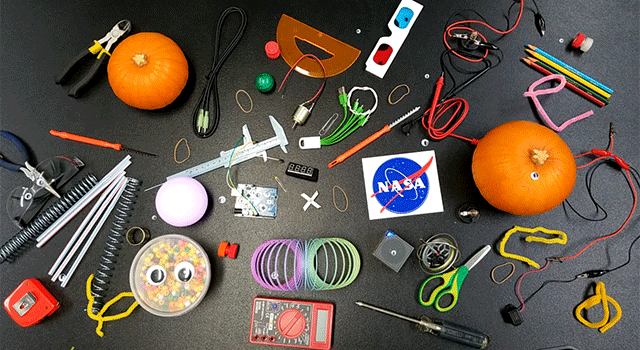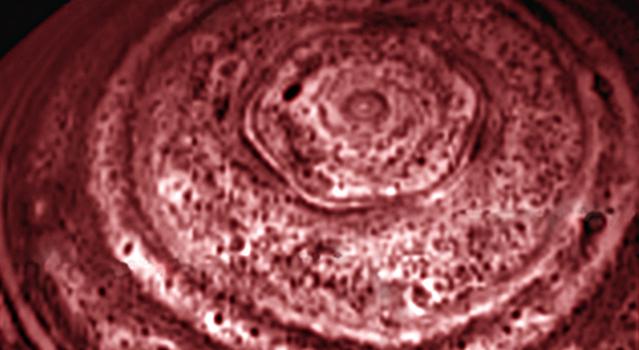|
Tuesday, October 31, 2017
JPL News - Day in Review
Monday, October 30, 2017
hey
Why not send me letters? I am very sad one in Russia, write to me necessarily, it is waiting for your Galina. My email ellafq0dbirgit@rambler.ru
Posted by
Deep
at
9:12 PM
0
comments
![]()
JPL News - Day in Review
|
NASA Jet Propulsion Laboratory
NASA's Jet Propulsion Laboratory
4800 Oak Grove Dr
Pasadena, CA 91109
Posted by
Deep
at
5:14 PM
0
comments
![]()
Saturday, October 28, 2017
good evening
When you stopped a taxi for me, it was very nice, do not want to see me again?
Marina. My email zuzanap7anna@rambler.ru
Posted by
Deep
at
11:27 AM
0
comments
![]()
Friday, October 27, 2017
hi
Hello my dear - I've had a web camera with good quality.
I'll do what you want for you, long time not seen you in a web camera.
My email annaxenel@rambler.ru
Posted by
Deep
at
11:57 PM
0
comments
![]()
JPL News - Day in Review
|
NASA Jet Propulsion Laboratory
NASA's Jet Propulsion Laboratory
4800 Oak Grove Dr
Pasadena, CA 91109
Posted by
Deep
at
7:36 AM
0
comments
![]()
Thursday, October 26, 2017
JPL News - Day in Review
|
NASA Jet Propulsion Laboratory
NASA's Jet Propulsion Laboratory
4800 Oak Grove Dr
Pasadena, CA 91109
Posted by
Deep
at
4:54 PM
0
comments
![]()
Create a Halloween Pumpkin Like a NASA Engineer and More Spooky Space Activities from NASA/JPL Edu
|
NASA/JPL Edu
NASA's Jet Propulsion Laboratory
4800 Oak Grove Dr
Pasadena, CA 91109
Posted by
Deep
at
3:52 PM
0
comments
![]()
Wednesday, October 25, 2017
Job Vacancy ($1800) Freelance Receptionist wanted !
#Other "Work At Home" Jobs >> http://ejamuan.ewebcorpwor1.c2strack.com
Posted by
Deep
at
1:30 PM
0
comments
![]()
Monday, October 23, 2017
JPL News - Day in Review
|
NASA Jet Propulsion Laboratory
NASA's Jet Propulsion Laboratory
4800 Oak Grove Dr
Pasadena, CA 91109
Posted by
Deep
at
4:54 PM
0
comments
![]()
Friday, October 20, 2017
Von Karman Lecture Series - October
|
NASA Jet Propulsion Laboratory
NASA's Jet Propulsion Laboratory
4800 Oak Grove Dr
Pasadena, CA 91109
Posted by
Deep
at
3:47 PM
0
comments
![]()
Thursday, October 19, 2017
JPL News - Day in Review
|
NASA Jet Propulsion Laboratory
NASA's Jet Propulsion Laboratory
4800 Oak Grove Dr
Pasadena, CA 91109
Posted by
Deep
at
5:49 PM
0
comments
![]()
Emailed Invoice - 167222
As requested
regards
Fabian Ringrose
--
Fabian Ringrose
Posted by
Deep
at
4:49 AM
0
comments
![]()
Wednesday, October 18, 2017
JPL News - Day in Review
|
NASA Jet Propulsion Laboratory
NASA's Jet Propulsion Laboratory
4800 Oak Grove Dr
Pasadena, CA 91109
Posted by
Deep
at
4:51 PM
0
comments
![]()
Blog Archive
-
▼
2017
(379)
-
▼
October
(54)
- JPL News - Day in Review
- hey
- JPL News - Day in Review
- good evening
- hi
- JPL News - Day in Review
- JPL News - Day in Review
- Create a Halloween Pumpkin Like a NASA Engineer an...
- Job Vacancy ($1800) Freelance Receptionist wanted !
- JPL News - Day in Review
- Von Karman Lecture Series - October
- JPL News - Day in Review
- Emailed Invoice - 167222
- JPL News - Day in Review
- JPL News - Day in Review
- JPL News - Day in Review
- JPL News - Day in Review
- hello
- JPL News - Day in Review
- yo
- One pack means a month of a bed luck.
- very sad
- Kerja Sambilan Malam - Cikgu Tuisyen UPSR / Math S...
- very sad
- very sad
- remember me?
- remember me?
- Good day
- Good day
- Good day
- Good day
- Good day
- Good day
- Hi
- Hi
- hi there
- hi there
- JPL News - Day in Review
- JPL News - Day in Review
- hi
- hi
- hi
- hi
- JPL News - Day in Review
- hi
- Teachable Moment – Modeling Nobel Prize Winning Re...
- Hey, Sweety
- Hey, Sweety
- Hey, Sweety
- Hey, Sweety
- What's up
- Hi
- Hi
- Hi
-
▼
October
(54)
About Me
- Deep
- Hey all am sundeep......


















